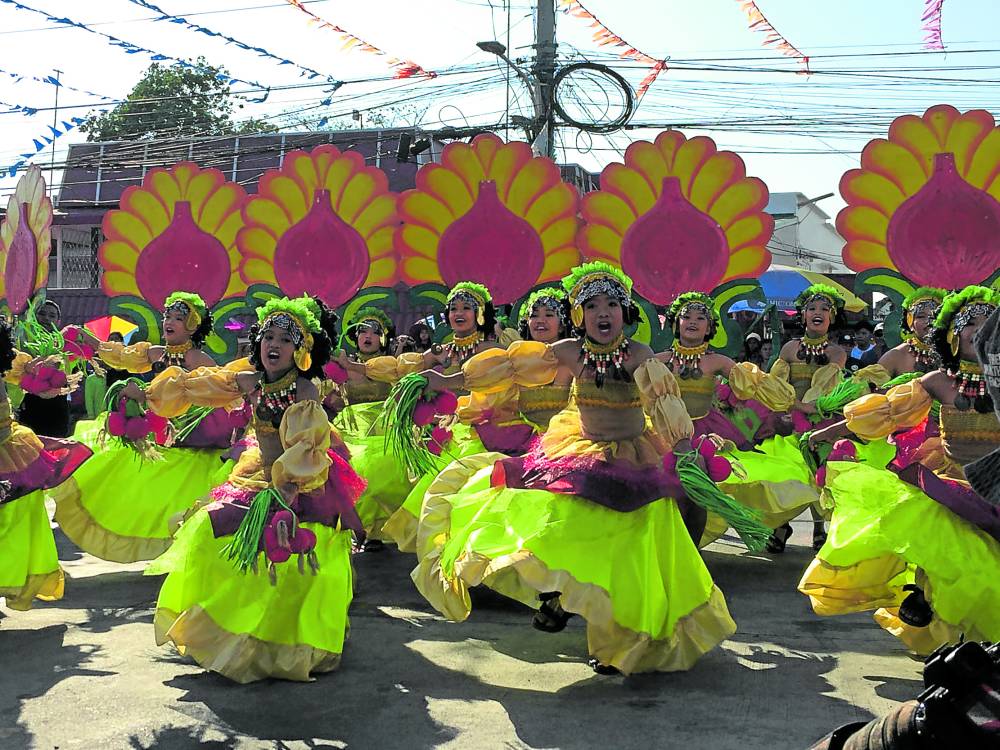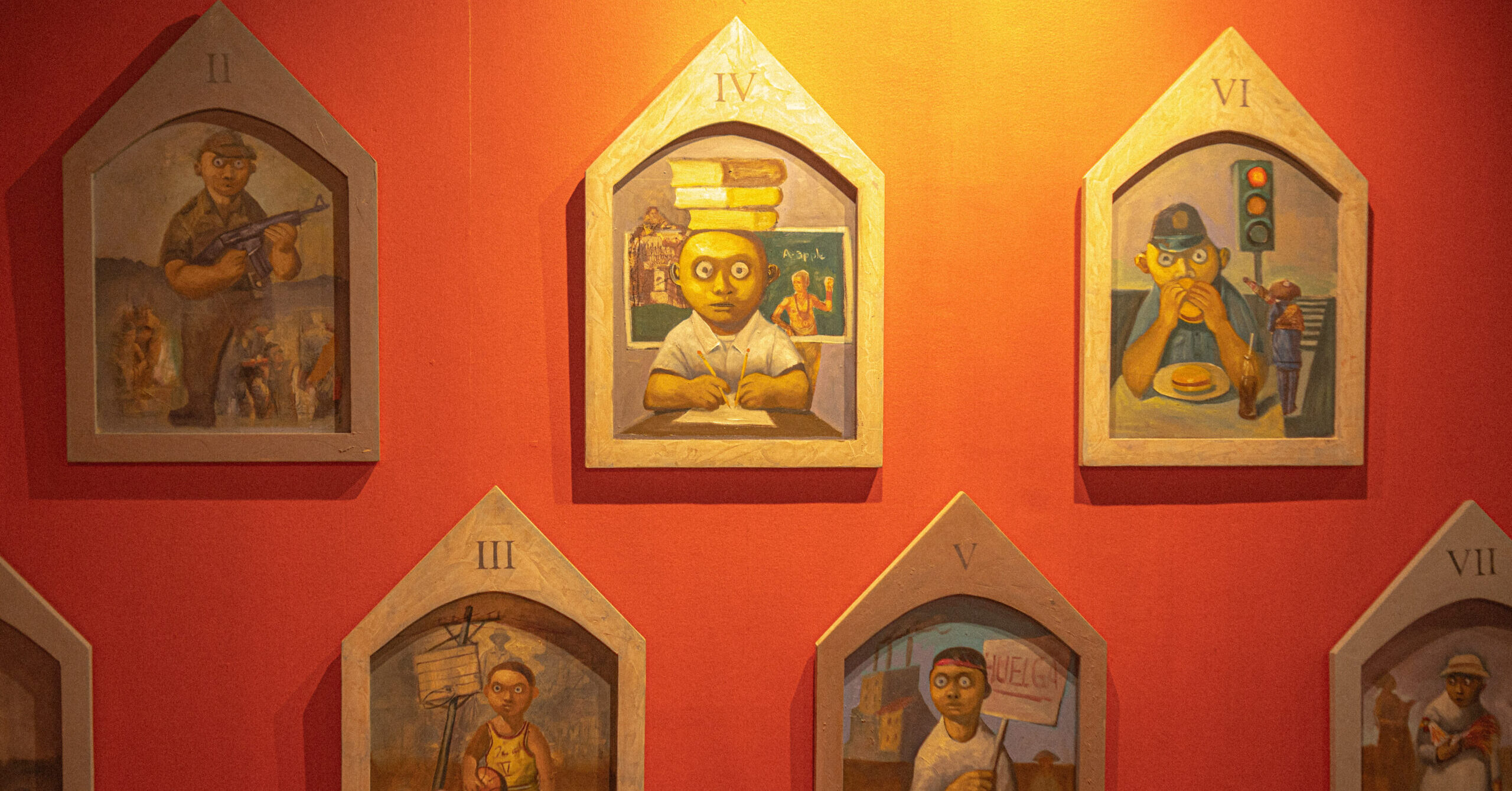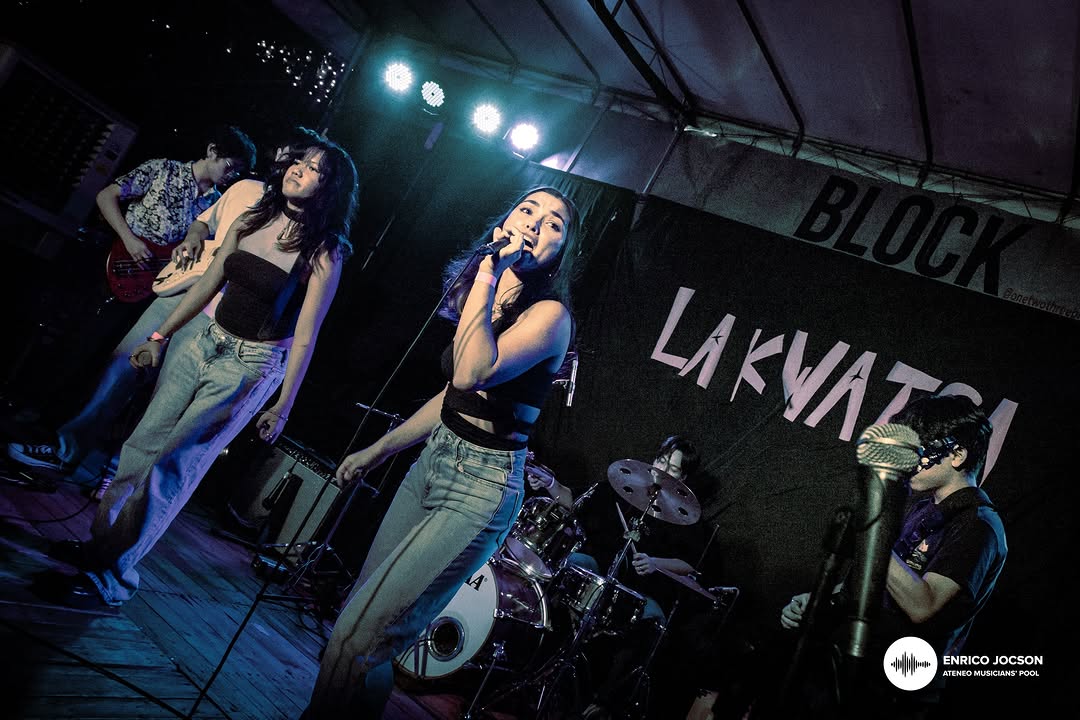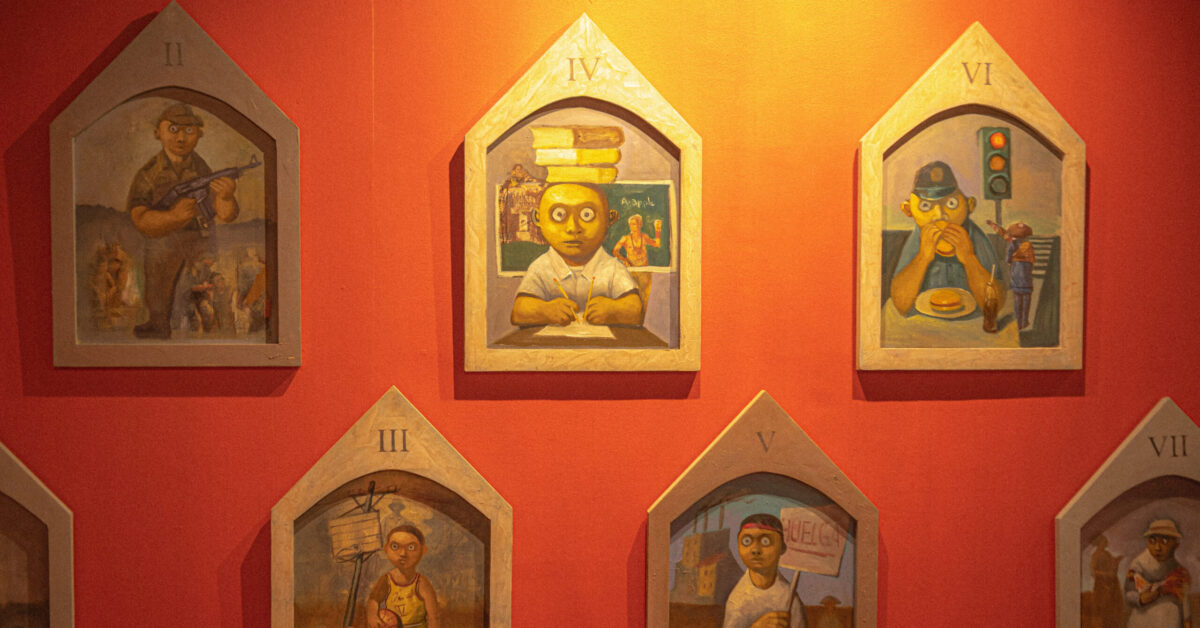I n an era where Philippine festivals are all identical with choreography and drumbeats patterned after the Sinulog of Cebu and Ati-Atihan of Aklan, there are only few standouts which mirror the local culture in their respective annual festivities.
Examples include the Gotad ad Ifugao of Ifugao province, Panagbenga of Baguio City and the award-winning Banaag Festival of Anilao in Iloilo.
In central Luzon, Bongabon in Nueva Ecija has joined the fray, indigenizing its Sibuyas Festival, a celebration of its main agricultural produce and a tribute to its farmers.
Founded in 2003 by cultural worker and entrepreneur Armando Giron, the festival was held again recently after three years of hiatus due to the COVID-19 pandemic.
The eight-day festivities highlighted by the street dance-cum-grand showdown competition had an array of cultural activities which included the “Laro ng Lahi” contest, featuring traditional games kadang-kadang, agawang buko, agawang baboy, and a sack race; “Sining Bongabon” painting contest; trade fair; “Kusinabuyas” culinary tilt; and the saki dance.
A carabao race was also held at the Bongabon Trading Post during the last day of the festival, held every first week of April except for Maundy Thursday and Good Friday.

Kevin Castro won the “Kusinabuyas” culinary contest with his entrée of Spicy Onion Egg Curry, Onion Salad, Onion Croquettes, Steamed Tilapia Fillet with Caramelized Onion and Creamy Caramelized Onion with Seafood.
Most of these events were participated in by the youth of the town, where the seeds of their culture are being planted to keep their identity.
‘Saki’ dance
A unique feature of the festival is the saki dance, a rather new innovation based on how the onion is farmed and harvested.
Local historian and cultural worker Maynard Reguyal said the movements of the dance is not limited to the act of sorting the harvest, called saki, but also involves planting, fertilizing, caring for and harvesting the onion.
It is accompanied by the festival theme song “Angat Bongabon” composed by Reguyal, with musical accompaniment by Edwin Salado.
The dance, created by educator Laarni Saguiguit, was first performed in 2018 and reintroduced this year, while the festival theme song, reflecting the town’s agricultural heritage, was instituted the same year.
Dancer-competitors performed the dance wearing costumes such as those worn by farmers.
Those participating in the street dance-cum-grand showdown contest also utilized snippets from the dance and excerpts from the theme song.
The cluster composed of Vega, Rosa A. Ilagan, Ariendo, Rita de Lara and E. Gotangco elementary schools was adjudged the winner of the showdown for its culturally relevant and action-packed performance.
During the latest staging, not all fully utilized the local culture in their performances, but organizers promised improvements would be made next year.
Onion has been in the limelight recently due to the shortage of locally produced ones in the country, highlighted by the lack of storage.
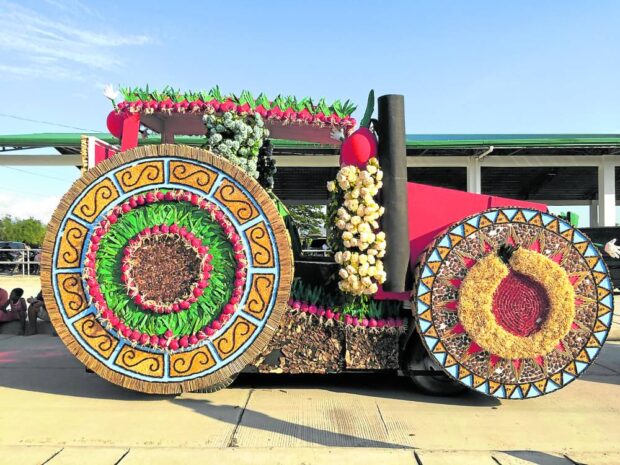
Mayor Ricardo Padilla said storage is not a problem in Bongabon as there are many storage facilities in the town, known for producing 49- to 52- percent of onions in the entire archipelago.
Research center and app
He said what the town needs is an onion research development center to do all-encompassing research on the vegetable, including its production and diversification into other products which can be made from onions.
The research center, he said, will also address the perennial importation of onion seeds from countries such as the United States, China, India and New Zealand by locally producing seeds; check if onions can be made into other things such as medicines; or investigate the possible use of its sayubak or skin.
A house bill creating this institution has been sitting in the House of Representative since 2022.
Filed by Nueva Ecija First District Rep. Mikaela Angela Suansing, House Bill 1379 notes that the proposed research institute shall “conduct all kinds of research work for the onion industry, aiming to discover and introduce processes that will improve productivity with such efficiency in all aspects of production.”
Apart from a research center, Padilla also said he would help the local farmers become multifaceted individuals who will not only till their respective lands, but would also venture into other economically viable enterprises.
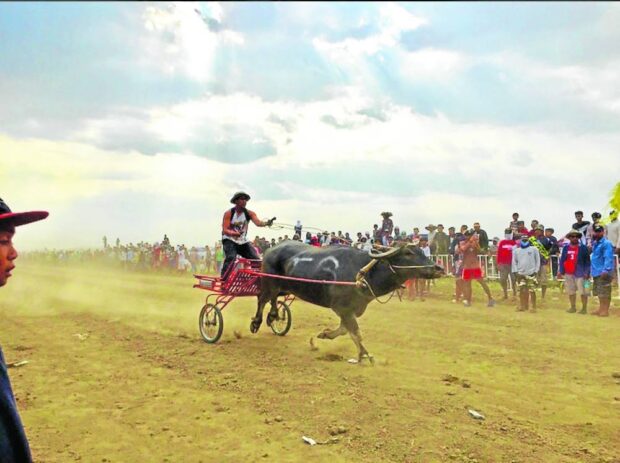
The Sibuyas Festival is one of the highlights of a new tourism application on Android and IOS phones launched last year by the Nueva Ecija provincial government.
Provincial tourism officer Jose San Pedro said it is the first tourism app for a province in the country. Called Nueva Ecija Tourism, the app was developed and launched during the COVID-19 pandemic. It features the sites, sights, festivals, culinary treats and accommodations in Nueva Ecija, the rice granary and the major onion producing province of the Philippines. —CONTRIBUTED INQ

